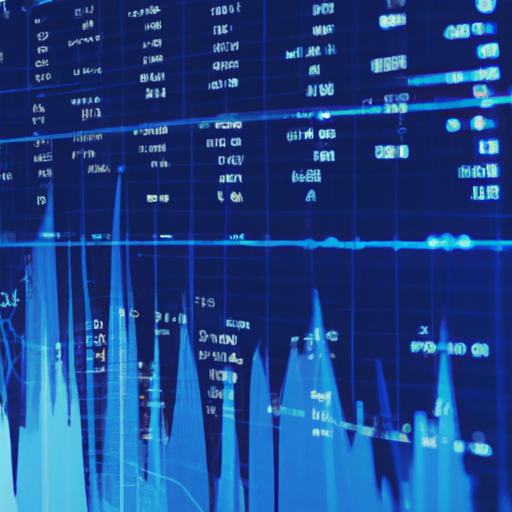Understanding trading economics: a comprehensive guide
Trading economics is a crucial aspect of the financial market that every trader should understand.
It encompasses various factors, from macroeconomic indicators to global trade policies, impacting trading decisions and outcomes.
In this article, we’ll delve into the different facets of trading economics, providing you with valuable insights to enhance your trading strategies.
What is trading economics?
Trading economics refers to the study and analysis of economic data and trends that influence financial markets.
This field examines how economic indicators such as gdp, unemployment rates, inflation, and interest rates affect market movements.
By understanding these factors, traders can make informed decisions and anticipate market fluctuations.
For instance, a trader might look at the gdp growth rate of a country to gauge its economic health.
If the gdp is growing steadily, it indicates a strong economy, which can positively impact the stock market.
The role of macroeconomic indicators
Macroeconomic indicators play a significant role in trading economics.
These indicators provide insights into the overall health of an economy and help traders predict future market movements.
Gdp (gross domestic product) is one such indicator that measures the total value of goods and services produced within a country.
A rising gdp indicates economic growth and can boost investor confidence.
Unemployment rates are another critical indicator.
High unemployment rates may signal economic distress, leading to lower consumer spending and potentially declining stock prices.
Inflation measures the rate at which prices for goods and services rise.
Moderate inflation is normal in a growing economy; however, high inflation can erode purchasing power and negatively affect markets.
Lastly, interest rates set by central banks influence borrowing costs for individuals and businesses.
Lower interest rates generally encourage borrowing and investment but can also lead to higher inflation over time.
Global trade policies and their impact
Global trade policies are another essential component of trading economics.
These policies include tariffs, trade agreements, import/export regulations, and sanctions imposed by governments worldwide.
For example, if two countries enter into a favorable trade agreement reducing tariffs on goods exchanged between them:
– It can result in increased trade volumes,
– Boosting both economies,
– And positively impacting their respective stock markets.
Conversely:
– Trade wars or sanctions,
– Can lead to decreased exports,
– Negatively affecting companies reliant on international sales,
– And causing their stock prices to drop.
Understanding these dynamics helps traders navigate potential risks associated with changes in global trade policies effectively.
How to use economic data in trading strategies
Incorporating economic data into your trading strategies requires careful analysis:
1. Identify relevant macroeconomic indicators based on your investment goals (e.G., Stocks vs bonds).
2. Monitor these indicators regularly through reliable sources like government reports or financial news websites.
3. Analyze historical trends alongside current data points for better context (e.G., Comparing today’s unemployment rate with past recession periods).
4. Integrate findings into your broader strategy; adjust positions accordingly when new information emerges (e.G., Reducing exposure during predicted downturns).
Real-life example: a trader focusing on technology stocks might pay close attention to employment figures within tech hubs like silicon valley since high job creation often correlates with increased innovation driving sector growth further upmarket valuations over time!
The importance of risk management
Risk management is paramount when incorporating trading economics into your strategy:
1. Diversify investments across various asset classes/geographies;
2. Set stop-loss orders limiting potential losses per trade;
3. Maintain adequate liquidity reserves covering unexpected expenses/market downturns;
4. Regularly review/update risk management protocols ensuring alignment with evolving market conditions!
By following these steps diligently – you’ll minimize exposure while maximizing returns throughout ever-changing landscapes shaped heavily by underlying economic forces shaping today’s interconnected world economies alike!
Conclusion: mastering the art of trading economics
Mastering trading economics requires continuous learning & adaptation given its complex nature intertwined deeply within broader socio-political contexts globally impacting us all directly/indirectly each day anew!
By staying informed about key macroeconomic indicators & global trade policies while employing sound risk management practices consistently – any trader regardless experience level stands poised successfully navigating even most turbulent waters ahead confidently assuredly always ready seize opportunities arising therein optimally leveraged towards achieving desired outcomes ultimately realized fully realized dreams beyond mere aspirations alone!

